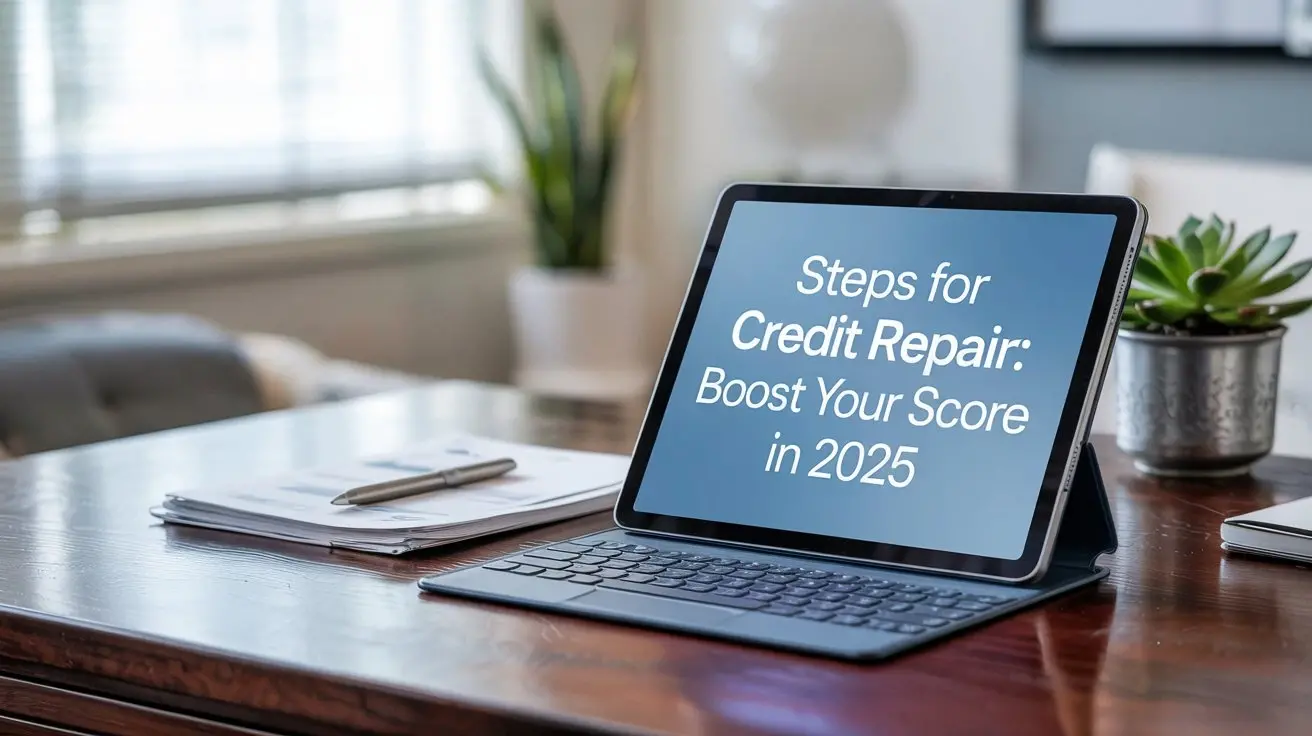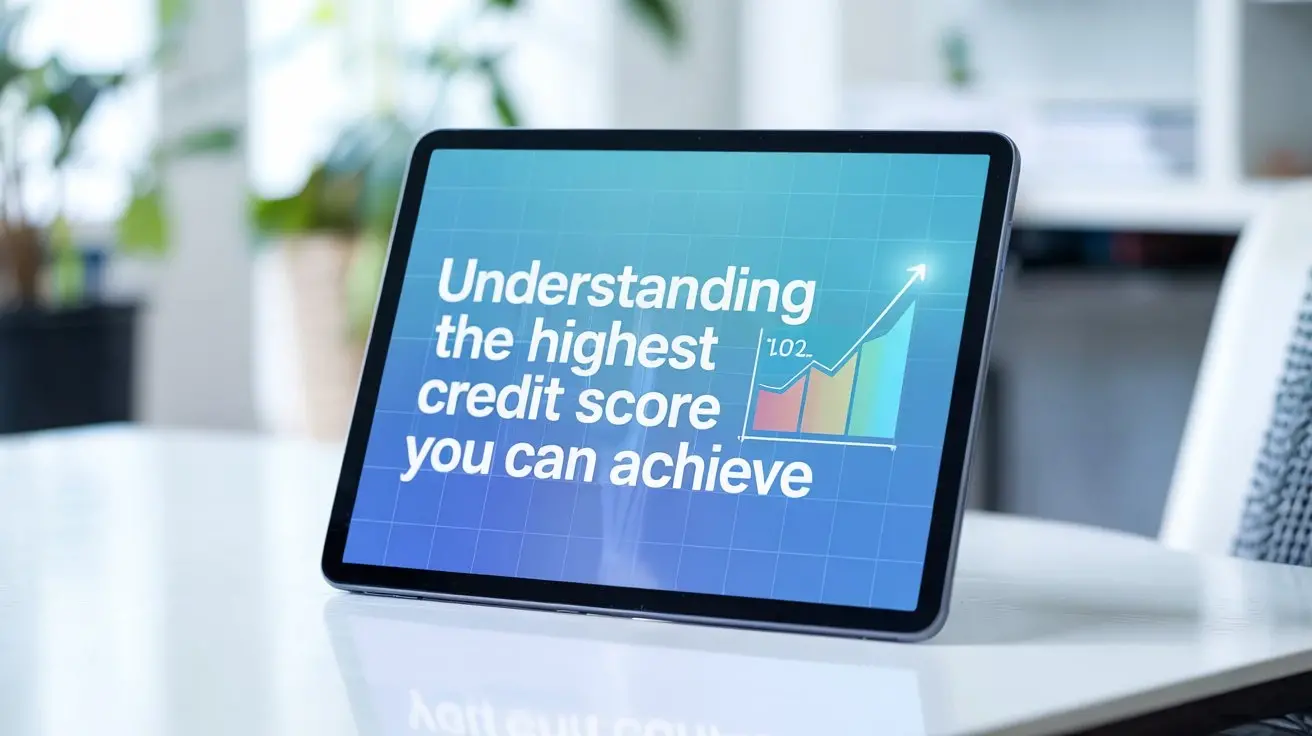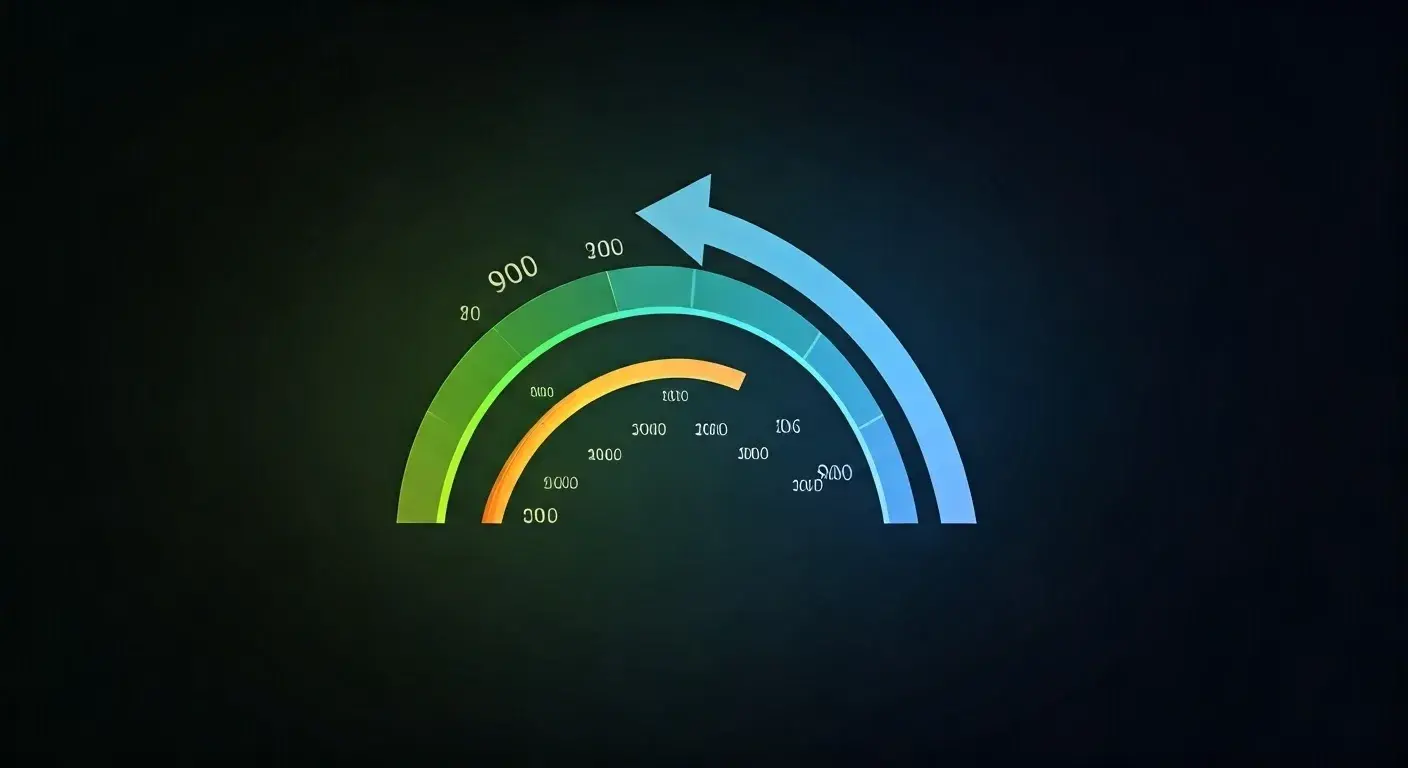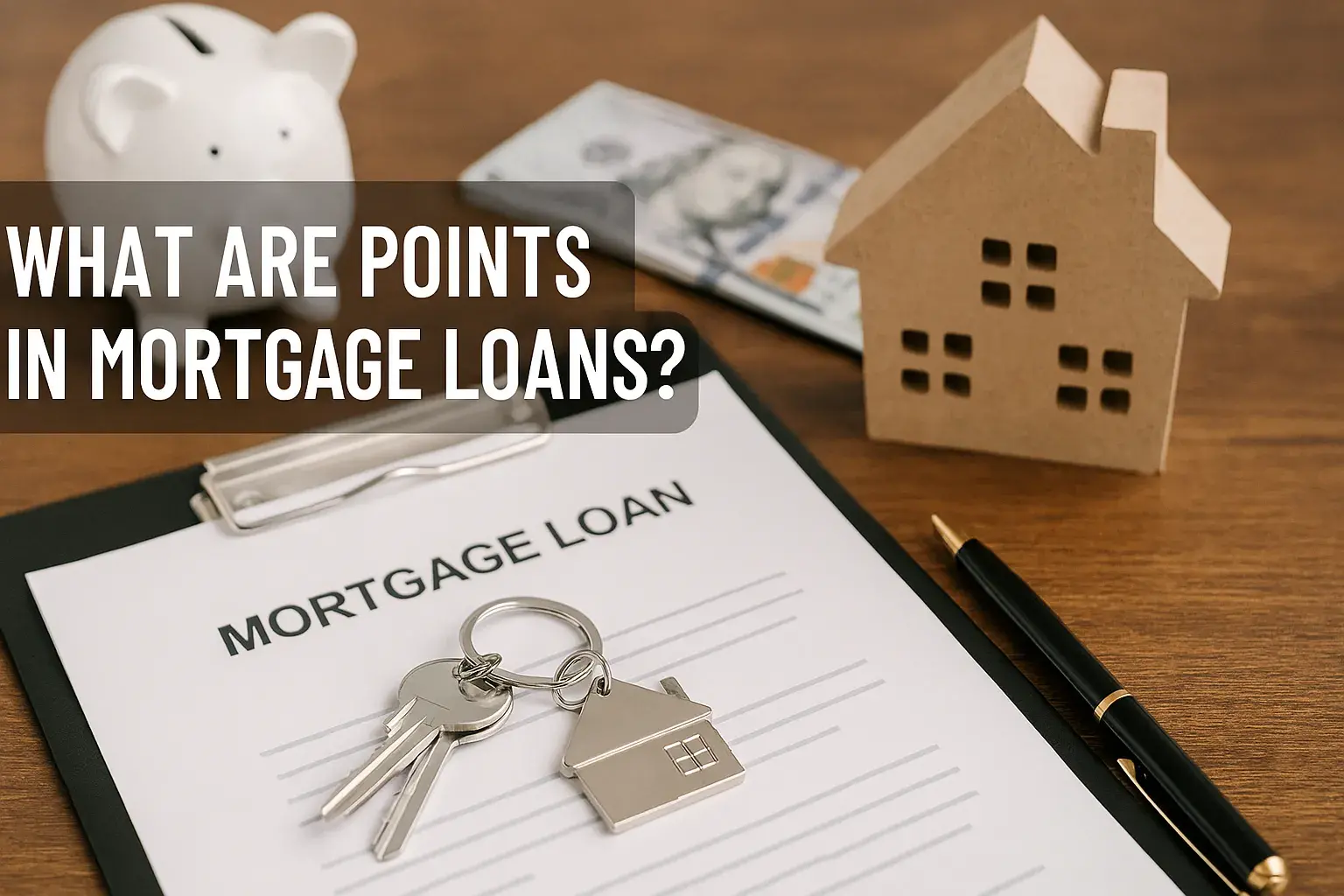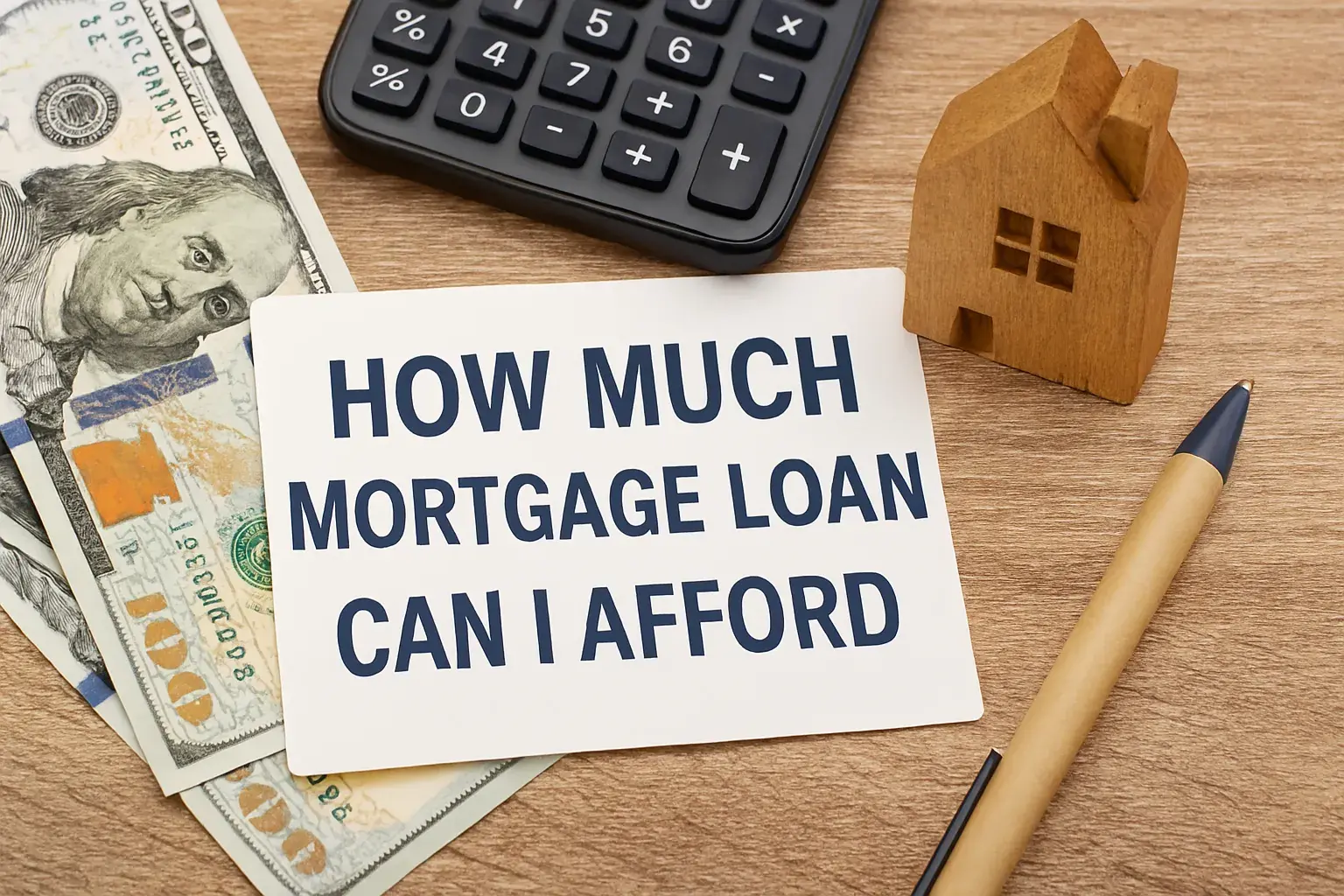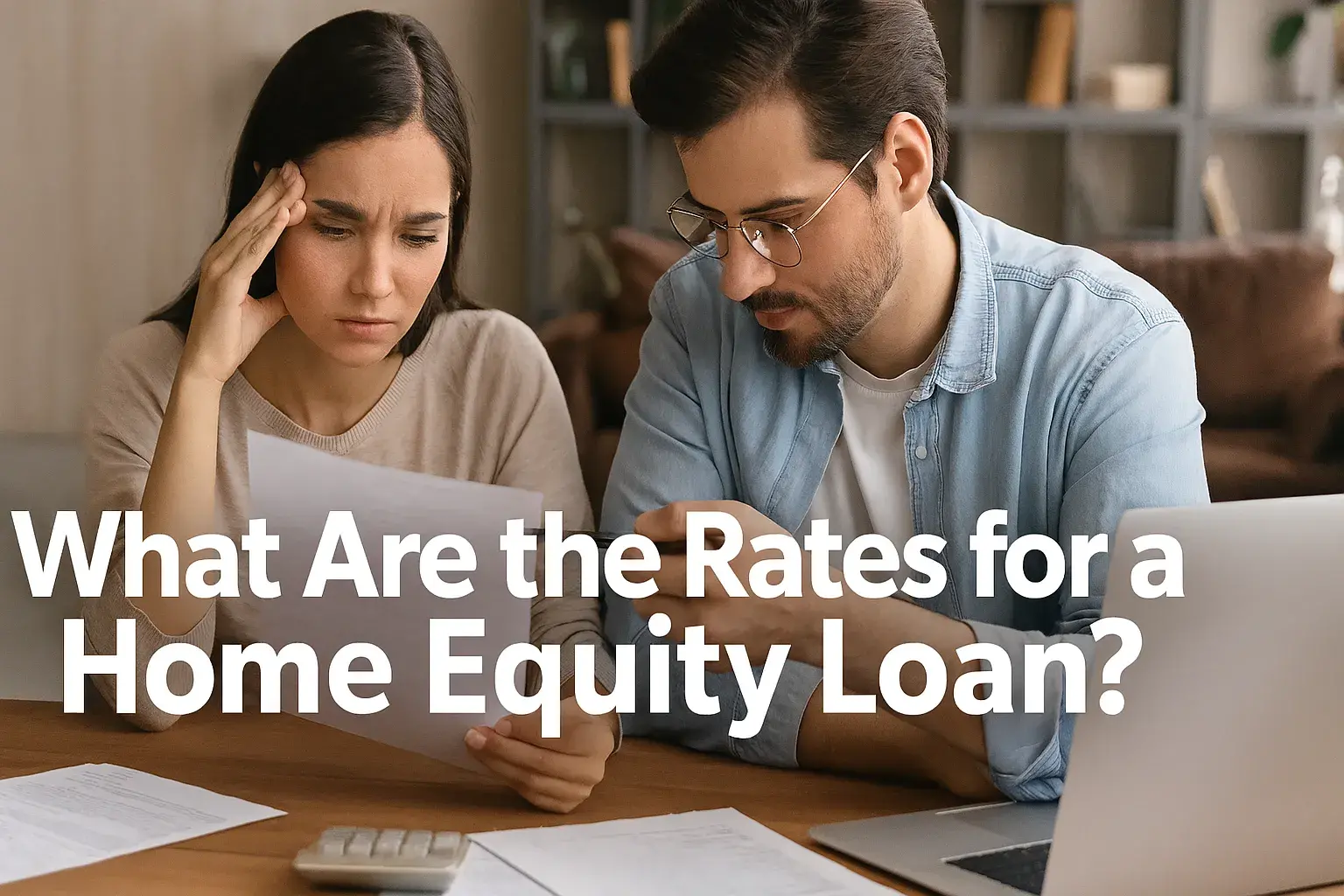-
Posted on: 21 Dec 2022
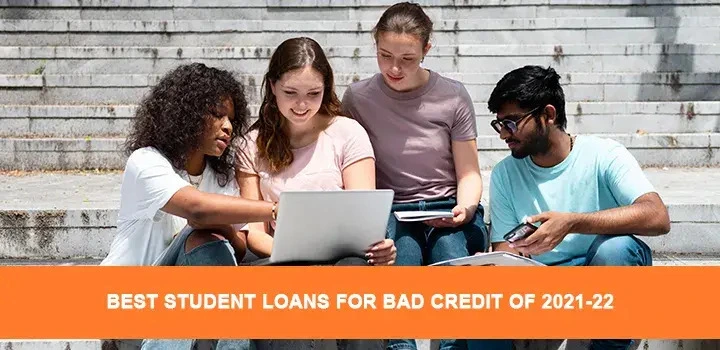
-
Pursuing higher education is a significant investment, but a poor credit score can make accessing student loans challenging. Don't let bad credit derail your academic dreams. This comprehensive guide explores the best student loan options for students with bad credit for the 2024-2025 academic year. We'll cover federal and private loan alternatives, strategies to increase your chances of approval, and crucial factors to consider before making a decision.
Understanding Bad Credit and Student Loans
Before diving into loan options, it's essential to understand how bad credit affects your ability to secure student loans. Lenders use your credit score to assess risk – a lower score indicates a higher risk of default. This often translates to higher interest rates or outright loan denial. Generally, a credit score below 630 is considered "bad" or "poor."
Factors Contributing to Bad Credit
- Late Payments: Consistent late payments on credit cards or other loans negatively impact your score.
- High Credit Utilization: Maxing out credit cards shows you're reliant on credit and can't manage it effectively.
- Defaults: Failing to repay a loan according to the terms of the agreement.
- Bankruptcy: A significant negative mark on your credit report.
- Limited Credit History: A short credit history, even with responsible behavior, can result in a lower score.
Federal Student Loan Options for Bad Credit
Federal student loans are often the first avenue students explore due to their borrower protections and generally lower interest rates compared to private loans. The good news is that most federal student loans don't require a credit check.
1. Direct Subsidized Loans
Direct Subsidized Loans are available to undergraduate students with demonstrated financial need. The U.S. Department of Education pays the interest on these loans while you're in school at least half-time, for the first six months after you leave school (referred to as a grace period), and during a period of deferment (postponement of loan payments). No credit check is required.
2. Direct Unsubsidized Loans
Direct Unsubsidized Loans are available to undergraduate, graduate, and professional students. Unlike subsidized loans, you're responsible for paying the interest on these loans during all periods, even while you're in school. No credit check is required. All students, regardless of financial need, are eligible to apply.
3. Direct PLUS Loans
Direct PLUS Loans are available to graduate or professional students (Grad PLUS Loans) and parents of dependent undergraduate students (Parent PLUS Loans). A credit check is required for PLUS loans. However, the credit requirements are less stringent than those for many private lenders. You may be denied a PLUS loan if you have an adverse credit history, such as a bankruptcy discharge within the past five years, accounts currently 90 days or more delinquent, or a default on a federal student loan. If denied, you may be able to qualify with an endorser (co-signer) who has good credit.
Applying for Federal Student Loans
- Complete the FAFSA (Free Application for Federal Student Aid): This form determines your eligibility for federal student aid, including grants, work-study, and loans. The FAFSA opens annually on October 1st for the following academic year (e.g., October 1, 2024, for the 2024-2025 academic year).
- Review Your Student Aid Report (SAR): After submitting the FAFSA, you'll receive an SAR summarizing your information and estimated eligibility.
- Accept Your Financial Aid Offer: Your school will send you a financial aid offer outlining the types and amounts of aid you're eligible to receive.
- Complete Loan Entrance Counseling: First-time borrowers are required to complete entrance counseling to understand their responsibilities.
- Sign a Master Promissory Note (MPN): The MPN is a legally binding agreement to repay your loan.
Private Student Loan Options for Bad Credit
While federal loans are often the preferred choice, private student loans can be a necessary option if you've exhausted federal aid or need to cover additional expenses. However, securing private student loans with bad credit can be difficult and typically requires a cosigner.
1. Using a Cosigner
A cosigner is someone with good credit who agrees to be responsible for repaying the loan if you default. Having a cosigner significantly increases your chances of approval and can help you secure a lower interest rate. Ideal cosigners include parents, grandparents, or other close relatives or friends with a strong credit history.
2. Private Lenders Offering Loans to Borrowers with Bad Credit (and Often a Cosigner)
While finding private student loans with truly "bad" credit (scores below 600) is challenging, some lenders are more willing to work with borrowers who have less-than-perfect credit, especially with a cosigner. Here are some lenders that may be worth exploring; however, note that availability and terms can change:
- Ascent: Ascent offers both cosigned and non-cosigned loans for students. Their cosigned loan options might be more accessible for borrowers with bad credit. They consider factors beyond credit score, such as your school and program of study.
- Sallie Mae: Sallie Mae is a well-known private student loan lender. While they typically require good credit, having a creditworthy cosigner can significantly improve your chances of approval.
- Citizens Bank: Citizens Bank offers student loans with competitive interest rates and flexible repayment options. They also require a credit check but may be more lenient with a cosigner.
- Discover: Discover offers student loans with no fees and cash rewards for good grades. While they prioritize borrowers with good credit, a cosigner can boost your application.
- Funding U: Funding U focuses on lending to students without a cosigner, but they have very specific requirements focusing on academic achievement and career prospects. They are worth exploring if you have strong academic credentials even with lower credit.
Important Note: Always compare interest rates, fees, and repayment terms from multiple lenders before choosing a private student loan. Using a loan comparison tool can help you find the best deal for your individual circumstances.
Factors to Consider When Choosing a Private Student Loan
- Interest Rates: Understand the difference between fixed and variable interest rates. Fixed rates remain constant throughout the loan term, while variable rates fluctuate with market conditions.
- Repayment Options: Look for lenders offering flexible repayment plans, such as graduated repayment or income-based repayment, to help manage your payments after graduation.
- Fees: Check for origination fees, late payment fees, and prepayment penalties.
- Borrower Protections: Inquire about forbearance and deferment options if you encounter financial difficulties.
- Cosigner Release: Some lenders offer cosigner release programs, allowing your cosigner to be removed from the loan after you've made a certain number of on-time payments.
Improving Your Chances of Loan Approval with Bad Credit
Even with bad credit, there are strategies you can employ to improve your chances of securing a student loan:
1. Improve Your Credit Score
While this takes time, even small improvements can make a difference:
- Pay Bills On Time: Make all payments on time, every time.
- Reduce Credit Card Debt: Pay down high-interest credit card debt to lower your credit utilization ratio.
- Check Your Credit Report: Review your credit report for errors and dispute any inaccuracies. You can obtain a free copy of your credit report from each of the three major credit bureaus (Equifax, Experian, and TransUnion) annually at AnnualCreditReport.com.
- Become an Authorized User: Ask a trusted friend or family member with good credit to add you as an authorized user on their credit card. This can help you build credit history.
2. Apply with a Cosigner
As mentioned earlier, a cosigner with good credit can significantly increase your chances of approval and potentially lower your interest rate.
3. Explore Loan Options from Community Banks and Credit Unions
Smaller, local banks and credit unions may be more willing to consider your individual circumstances than larger national lenders. They might offer more personalized service and flexible lending criteria.
4. Consider Smaller Loan Amounts
Borrowing less money can reduce the risk for lenders and increase your chances of approval. Explore other funding options, such as scholarships, grants, and part-time employment, to minimize your loan needs.
5. Attend a Lower-Cost School
The less tuition you need to pay, the less you need to borrow. Community colleges or in-state public universities may be more affordable alternatives to private institutions.
Alternatives to Student Loans
Before resorting to student loans, explore these alternative funding options:
- Scholarships and Grants: These are free money opportunities that don't need to be repaid. Websites like Fastweb, Scholarships.com, and Sallie Mae offer extensive scholarship databases.
- Work-Study Programs: These federally funded programs provide part-time jobs for students with financial need.
- Savings and Investments: Use personal savings, 529 plans, or other investment accounts to cover educational expenses.
- Tuition Payment Plans: Some schools offer tuition payment plans that allow you to spread out tuition payments over several months.
- Employer Tuition Assistance: If you're employed, check if your employer offers tuition assistance programs.

